Deep Infrequent Watering or Follow Rain Bird?
pbx2_gw
10 years ago
Related Stories

GREEN BUILDINGJust Add Water: Rain Barrel Magic
Take your rainwater storage from practical to beautiful with a new breed of design-friendly rain barrels
Full Story
GARDENING GUIDES8 Native Shrubs for Year-Round Bird Feeding
It’s not just about berries. These plants provide insects for birds and seasonal interest for gardeners
Full Story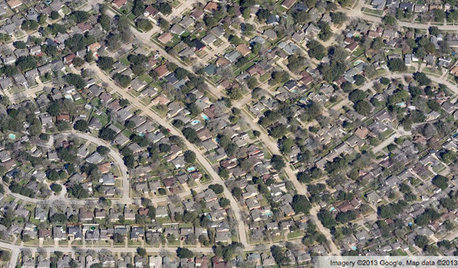
COMMUNITYGet a Bird's-Eye View of America's Housing Patterns
See the big picture of how suburban developments are changing the country's landscape, with aerial photos and ideas for the future
Full Story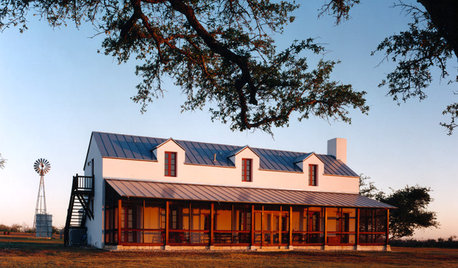
FARMHOUSESHouzz Tour: German Tradition Deep in the Heart of Texas
Rooted in architecture from the 1800s, this award-winning home mixes history with the vernacular of today
Full Story
HOUZZ TVHouzz TV: How to Install a Rain Barrel
This DIY tutorial shows how easy it can be to capture rainwater from your roof to use in your garden later
Full Story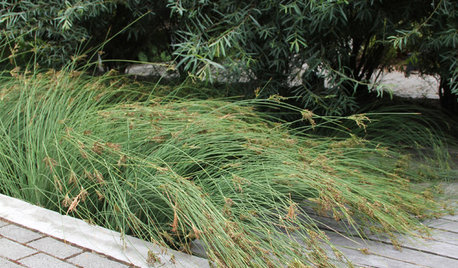
GARDENING GUIDESProtect a Precious Resource With a Rain Garden
Promote pure water and a beautiful landscape with a garden design that makes the most of the rain
Full Story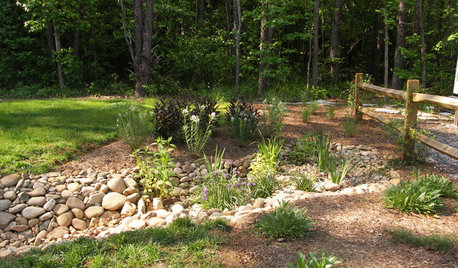
LANDSCAPE DESIGN5 Steps to Selecting the Right Plants for a Rain Garden
A simplified look at selecting plants for a rain garden
Full Story
GARDENING GUIDESBackyard Birds: Invite Entertaining Hummingbirds Into Your Garden
Hummingbirds — unique to the Americas — zip through open landscapes seasonally or year-round. Here’s how to attract them
Full Story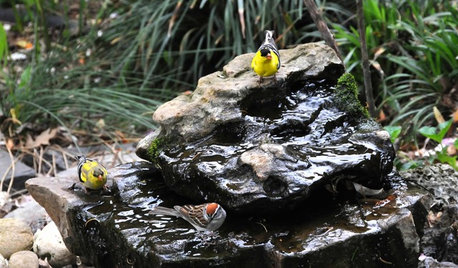
OUTDOOR PROJECTSBring In the Birds With a Homemade Bubble Rock
An avian expert from Southern Indiana shows how to make a burbling fountain that migrating birds will love
Full Story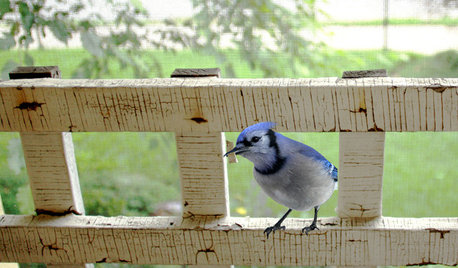
GARDENING FOR BIRDSBackyard Birds: Meet Some Clever and Curious Jays
Boisterous jays provide plenty of backyard bird-watching in winter. Here’s how to identify all the varieties and welcome them into your yard
Full StorySponsored
Custom Craftsmanship & Construction Solutions in Franklin County
More Discussions







lehua49
pbx2_gwOriginal Author
Related Professionals
Accokeek Landscape Architects & Landscape Designers · Panama City Landscape Architects & Landscape Designers · Parole Landscape Architects & Landscape Designers · Saint Louis Park Landscape Architects & Landscape Designers · Forest City Landscape Architects & Landscape Designers · Bound Brook Landscape Contractors · Fort Payne Landscape Contractors · Framingham Landscape Contractors · Galt Landscape Contractors · New Carrollton Landscape Contractors · Forest Park Solar Energy Systems · Muscatine Solar Energy Systems · Pinellas Park Solar Energy Systems · Santa Maria Solar Energy Systems · Weymouth Solar Energy SystemsSaveH2O
lehua49
pbx2_gwOriginal Author
lehua49
C&V T